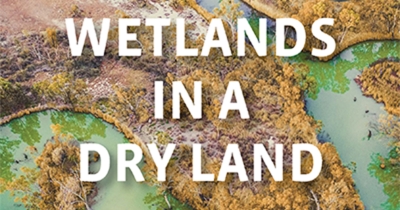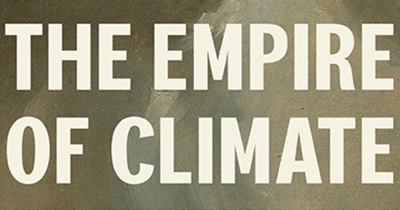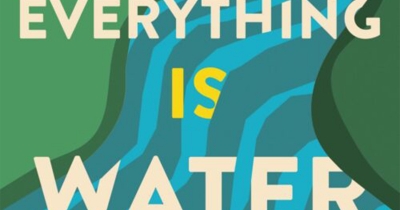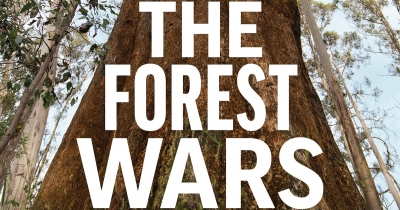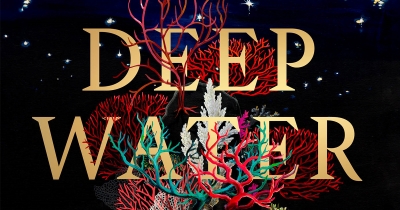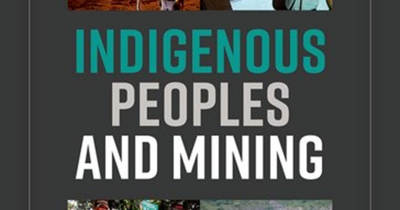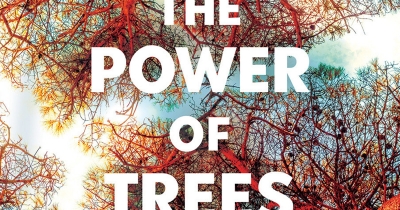Environment
Wetlands in a Dry Land: More-than-human histories of Australia’s Murray-Darling Basin by Emily O’Gorman
by Harrison Croft •
The Empire of Climate: A history of an idea by David N. Livingstone
by Ruth A. Morgan •
John Büsst: Bohemian artist and saviour of reef and rainforest by Iain McCalman
by Anna Krien •
Forest Wars: The ugly truth about what's happening in our tall forests by David Lindenmayer
by Dave Witty •
Climate Change and International History: Negotiating science, global change, and environmental justice by Ruth A. Morgan
by Harrison Croft •
Indigenous Peoples and Mining: A global perspective by Ciaran O'Faircheallaigh
by Deanna Kemp •
The Power of Trees: How ancient forests can save us if we let them by Peter Wohlleben, translated by Jane Billinghurst
by Ruby Ekkel •


